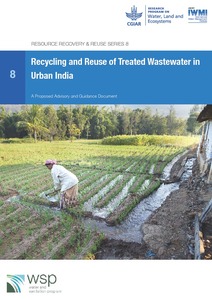Methods to investigate the hydrology of the Himalayan springs: a review
Springs are the major source of freshwater in many small mountainous watersheds within the Himalayan region. In recent years, their flow rates have diminished, but the reasons for this are not self-evident, and hence this paper reviews the methods to investigate Himalayan springs. The review reveals that chemical and isotope analyses – mostly water dating and stable isotope (e.g., d18O) analyses – could be an appropriate entry point to commence field investigations, because of their potential to map complex spring pathways, including linkages between aquifers.


